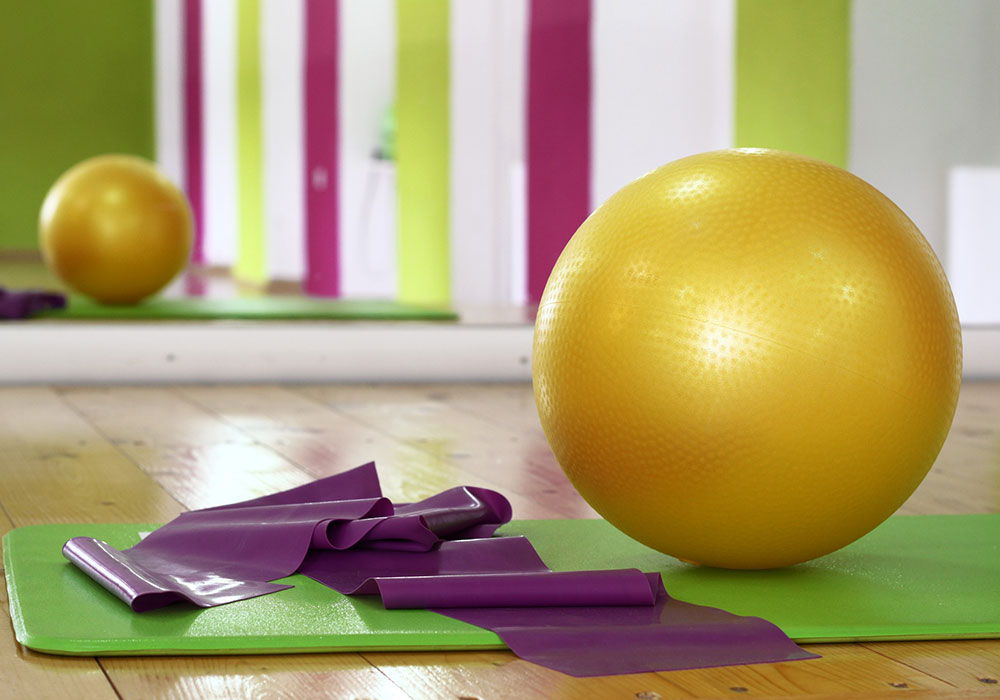Oncology nurse scientists have been on the forefront of studying symptom management, CRF, and physical activity. Physical activity has been identified as an effective intervention for CRF in more than 40 meta-analyses, systematic reviews of randomized, controlled trials. Much of this work has been published by oncology nursing scientists.
Physical activity, by itself or in combination with psychological care, was found to be most successful at reducing cancer-related fatigue (CRF) in patients, according to a study published in JAMA. The researchers compared the efficacy of four different types of CRF treatments—exercise, the combination of exercise and psychological treatments, psychological treatments alone, and pharmaceutical treatments—to determine the most effective treatment for CRF.
The researchers reviewed 113 existing studies that sampled 11,525 patients with cancer who participated in randomized clinical trials. The selection of these studies focused on adults with cancer that charted CRF severity as the primary outcome.
According to the analysis, the authors found “significant moderate improvements in CRF across all 113 studies, including all four intervention types. Studies that intervened with exercise demonstrated the largest overall improvement in CRF, with significant moderate effects. Studies using psychological interventions exhibited similar improvements in CRF.”
The researchers noted that pharmaceutical treatments showed some improvements, but they were marginal compared to the use of exercise and psychological care. The authors explained that more research was needed to better assess the efficacy of interventions that combine exercise and psychological treatments. However, they did recommend that healthcare provides use exercise and psychological care as a first-line therapy for patients experiencing CRF.
ONS has championed the Get Up, Get Moving program to combat CRF for patients. Through instructional videos, physical activity toolkits, and more, nurses can incorporate physical activity into their practice on an individualized basis. ONS offers quality measures to guide healthcare providers as they partner with patients to realize optimal outcomes.
According to ONS member and Get Up, Get Moving champion, Yvonne Ward, RN, MSN, OCN®, CBCN®, ONN-CG, “Every patient who begins chemotherapy is shown the Get Up, Get Moving video on YouTube. This is done during their chemotherapy education session.”
To help patients begin their physical activities, they reach out to in-house and community resources. “We have three local YMCA programs that offer 12-week exercise programs for cancer patients and a caregiver of the patient’s choice. Our hospital system, HCA Midwest Health in Kansas City, has also hired a wellness program coordinator who strongly advocates exercise for patients in active treatment, as well as for survivors,” Ward said. “I believe that patients should be educated that exercise is not harmful, and they need assistance in determining the appropriate level of exercise for their individual needs, preferences, and comorbidities.”
Although discussing physical activity with your patients may seem like a jump from past practice procedures, research has shown time and again the benefits of incorporating physical activity to fight CRF.






